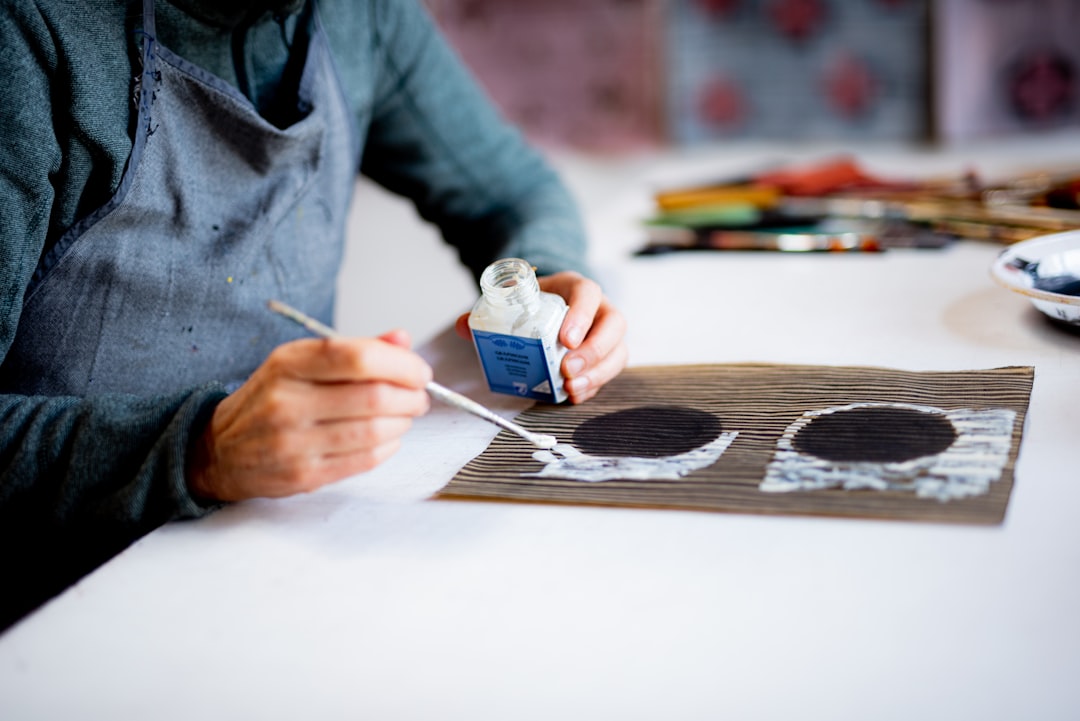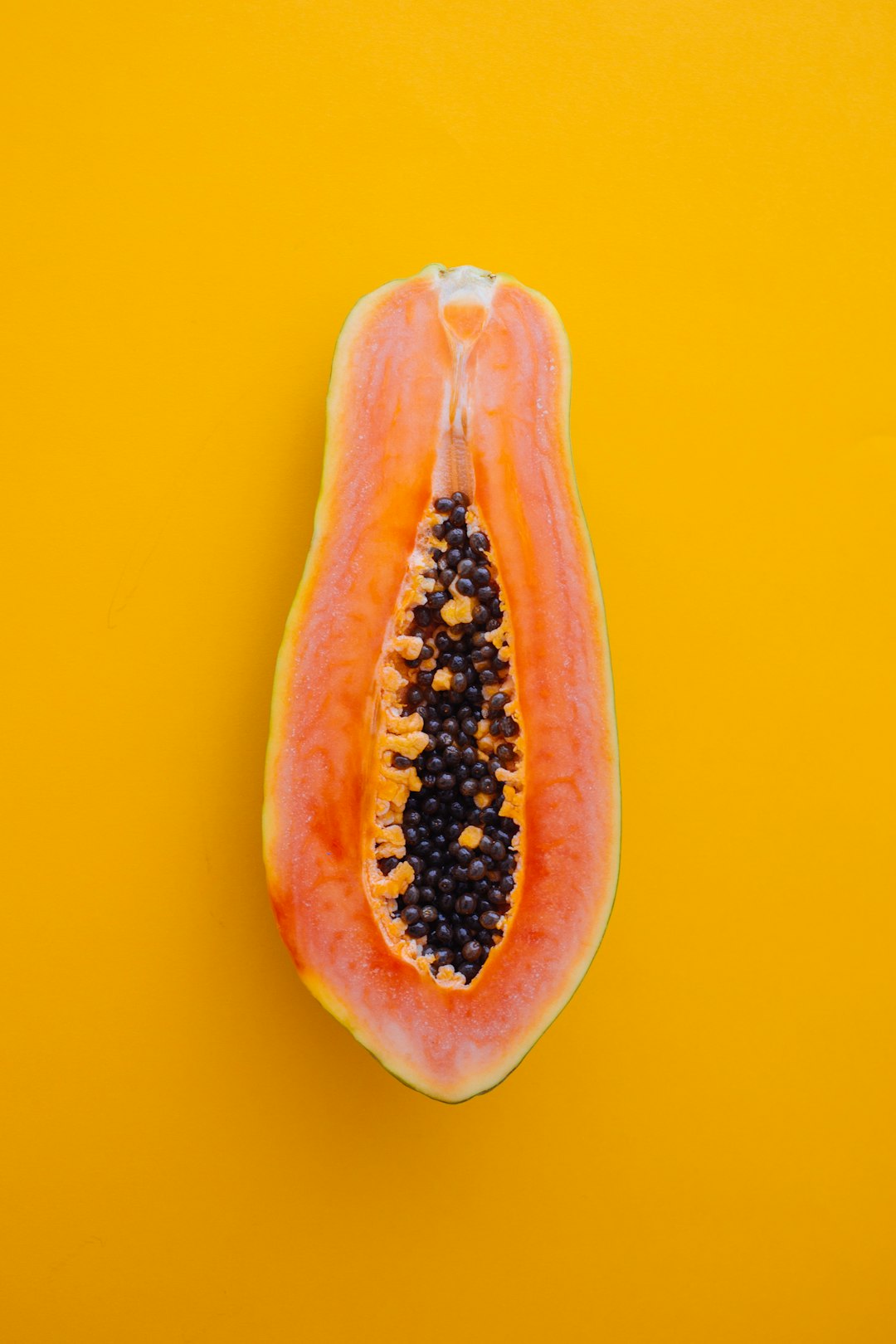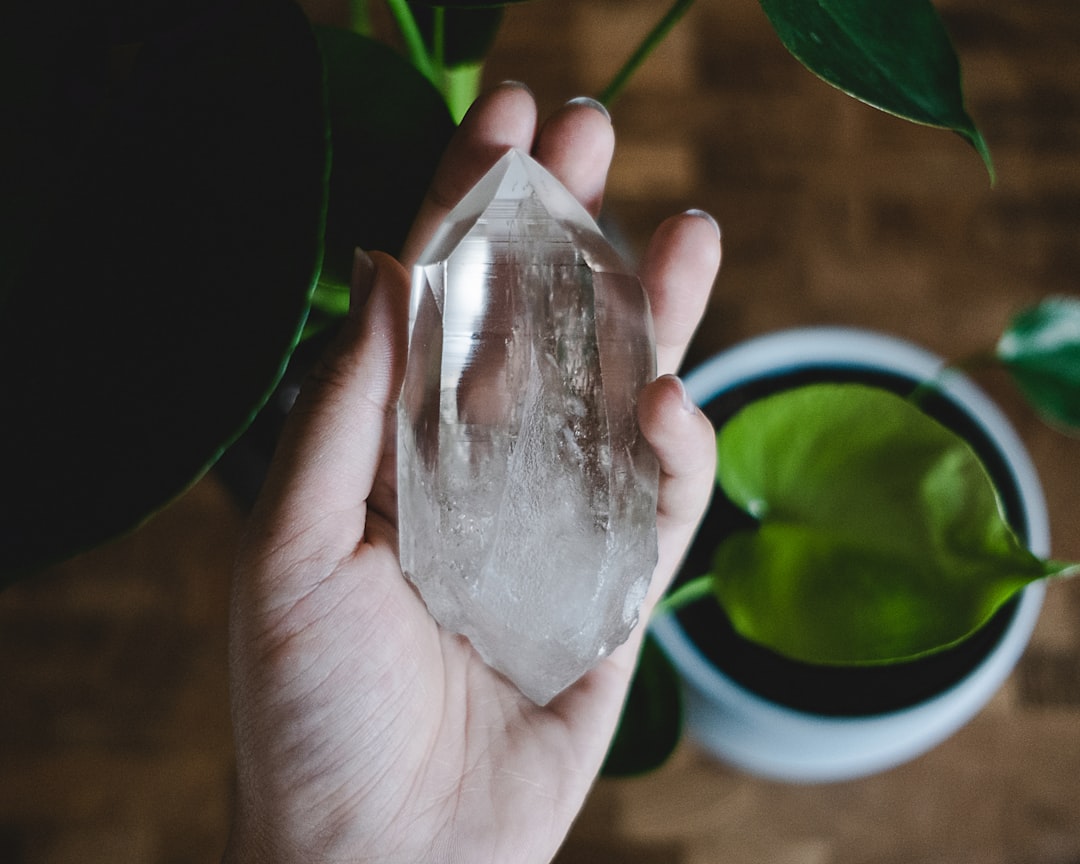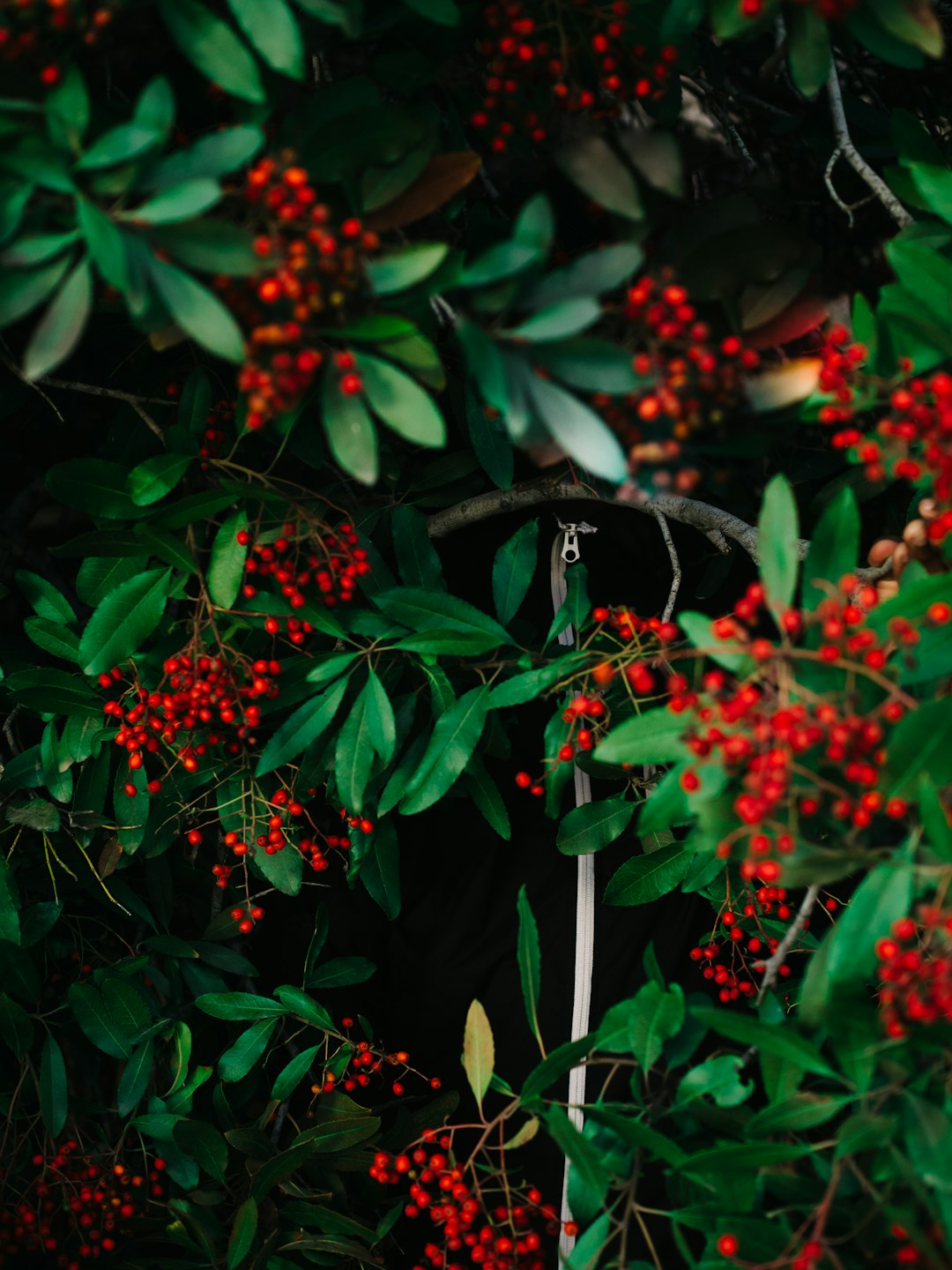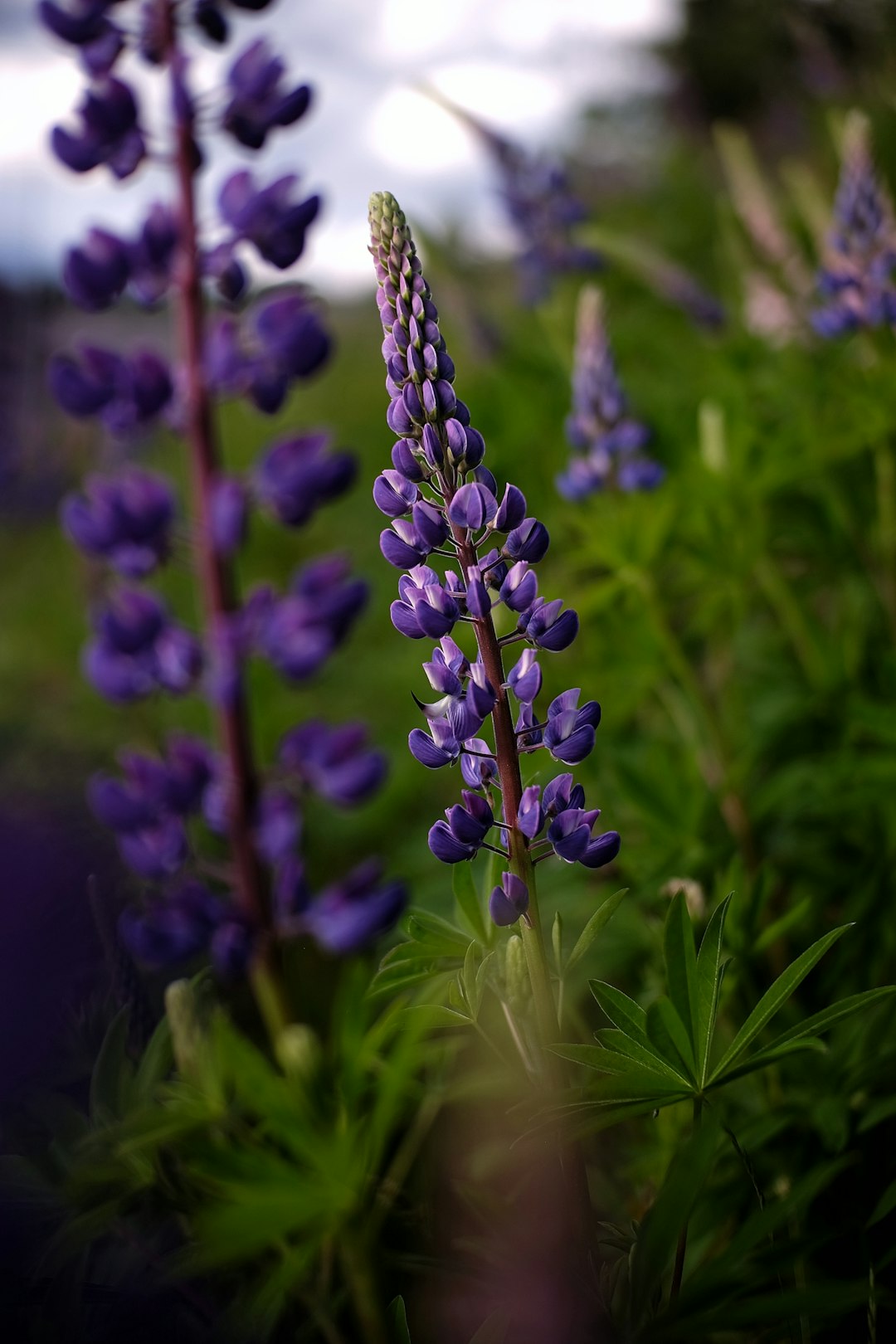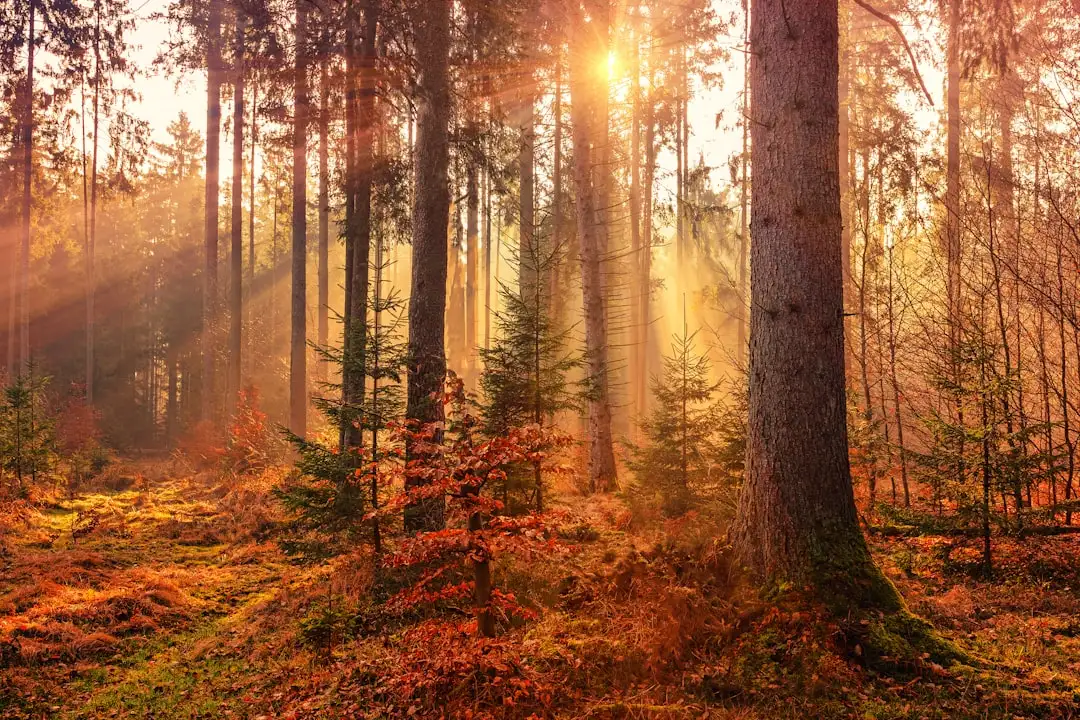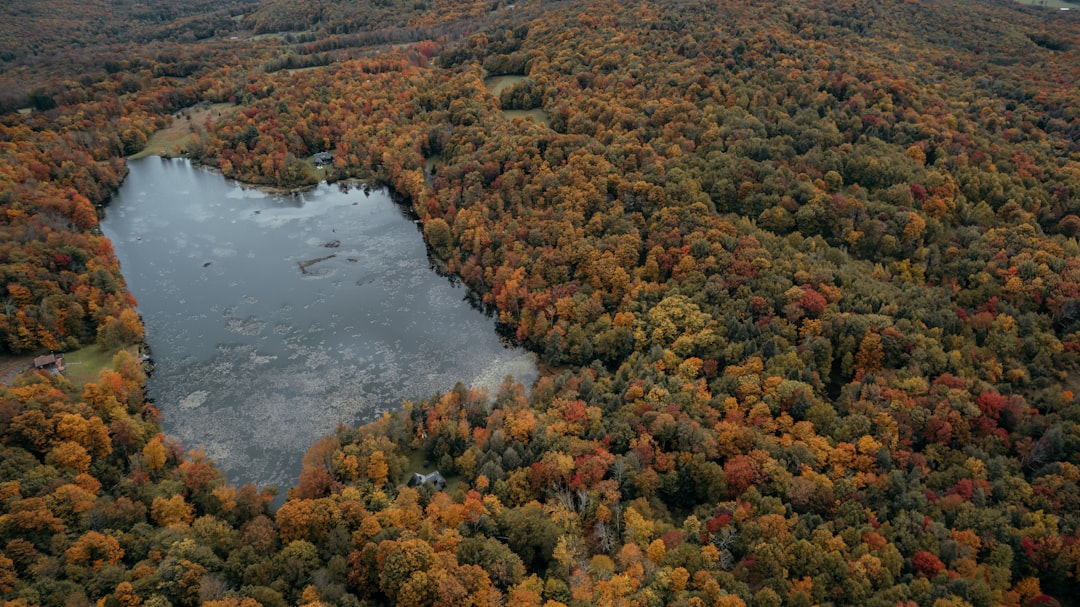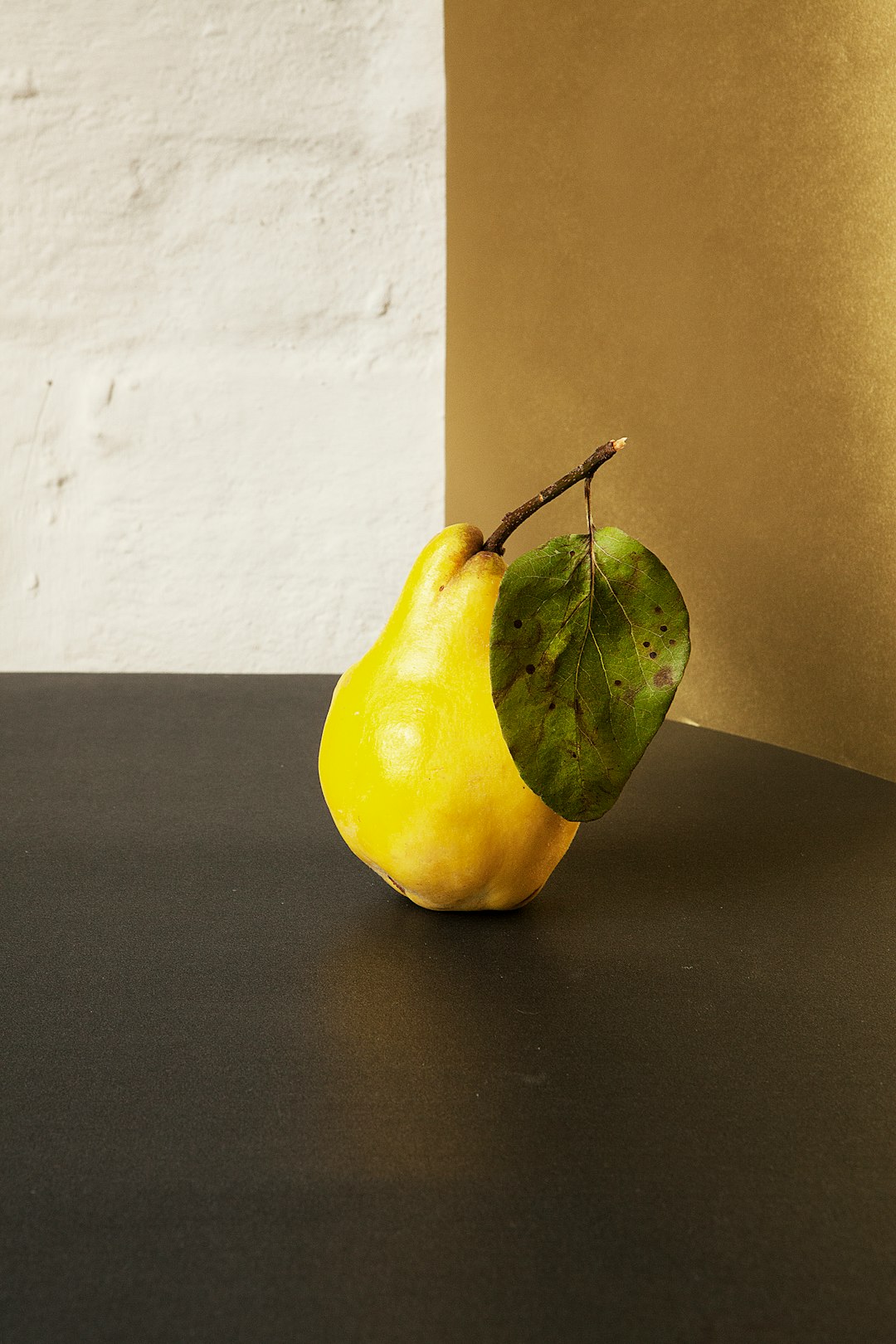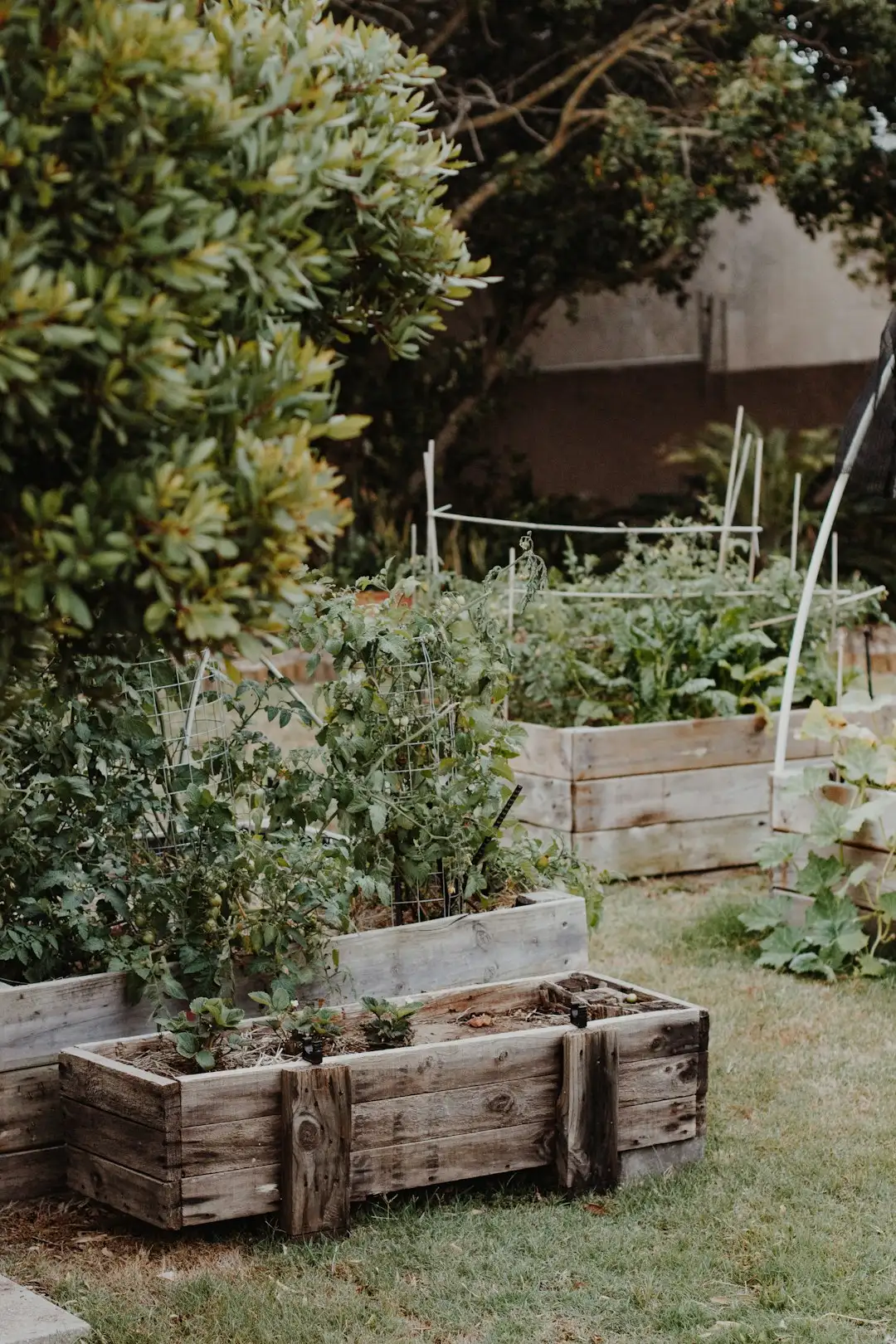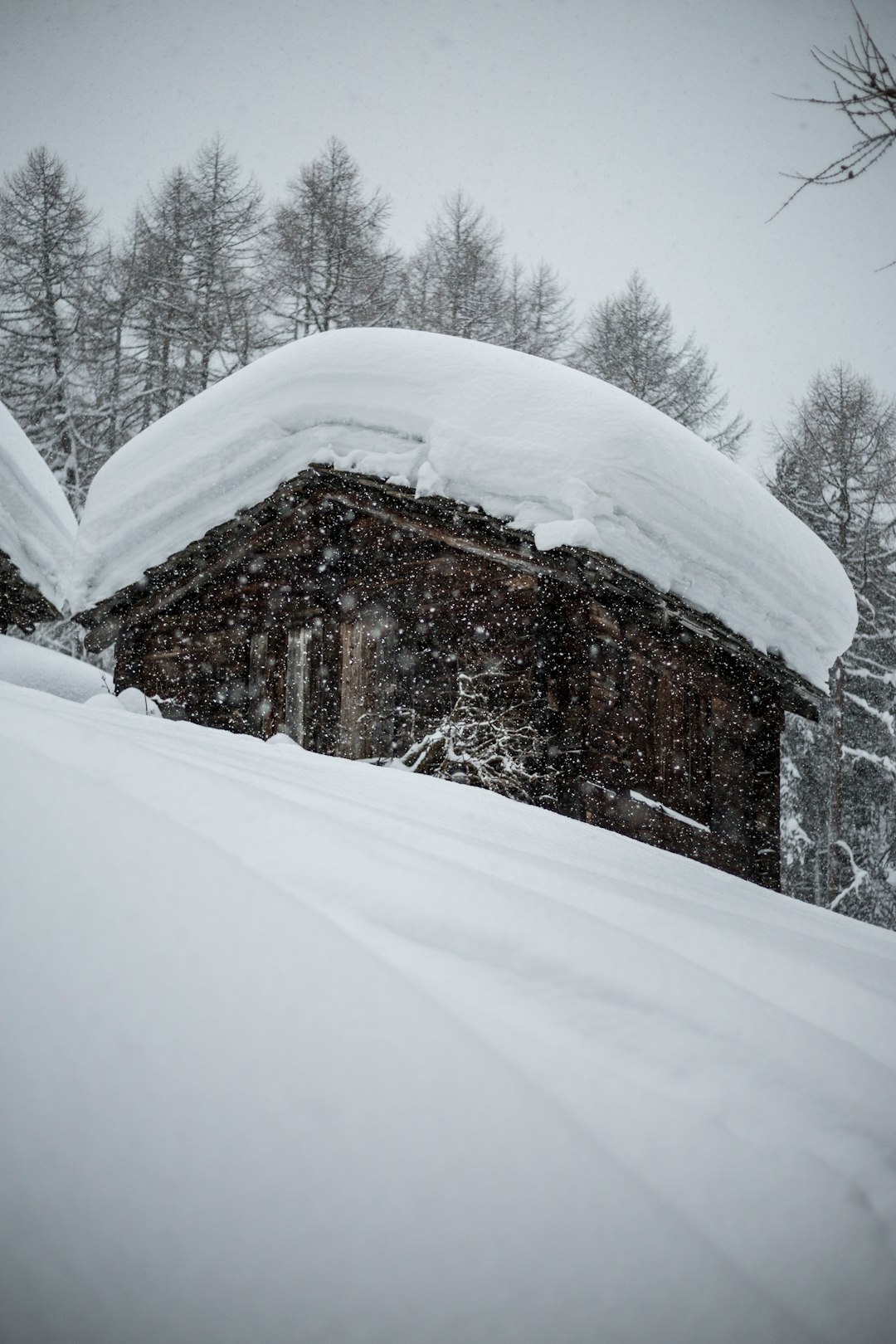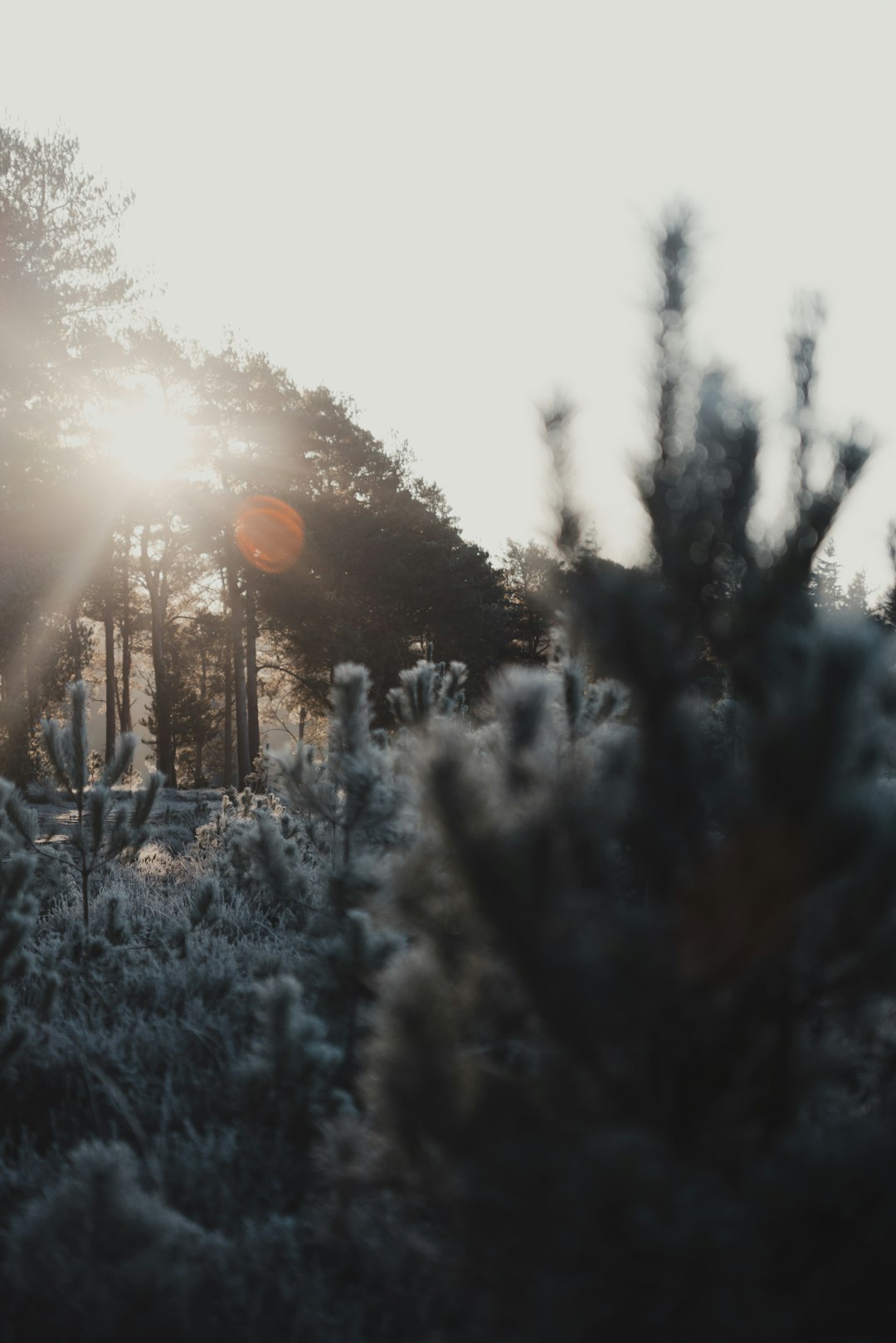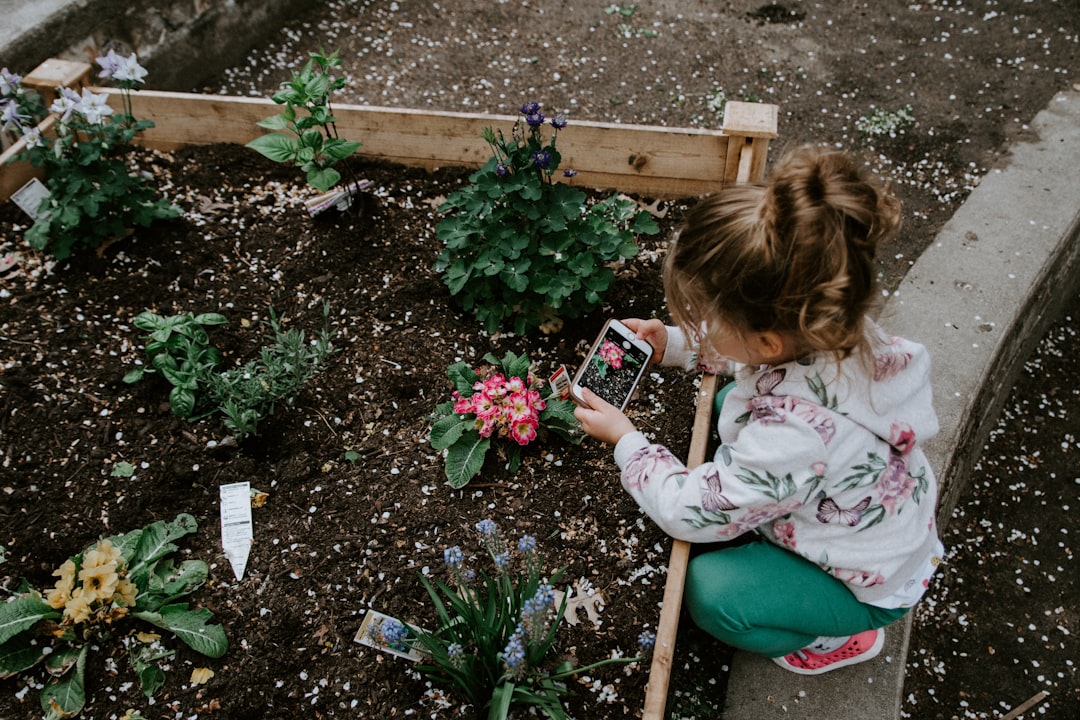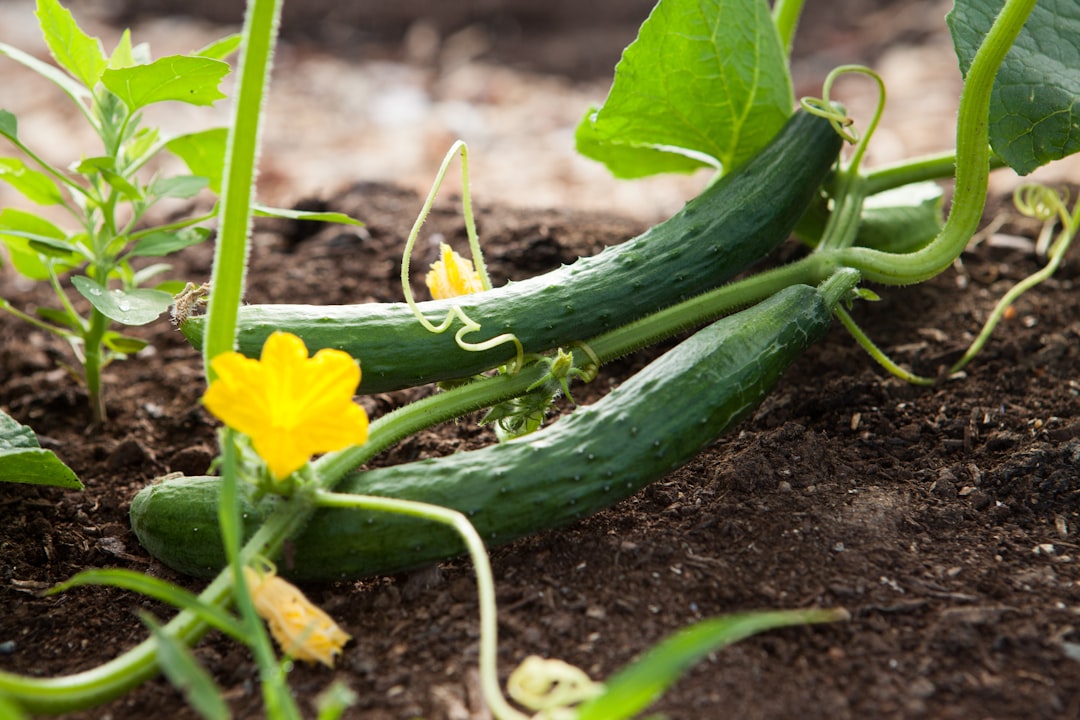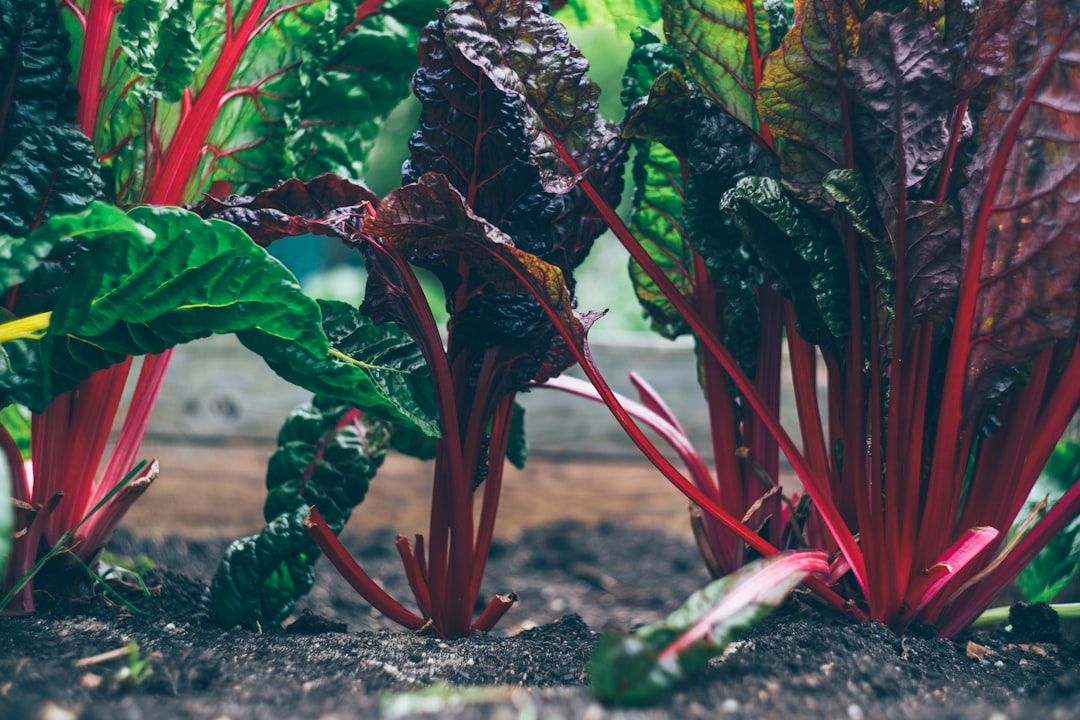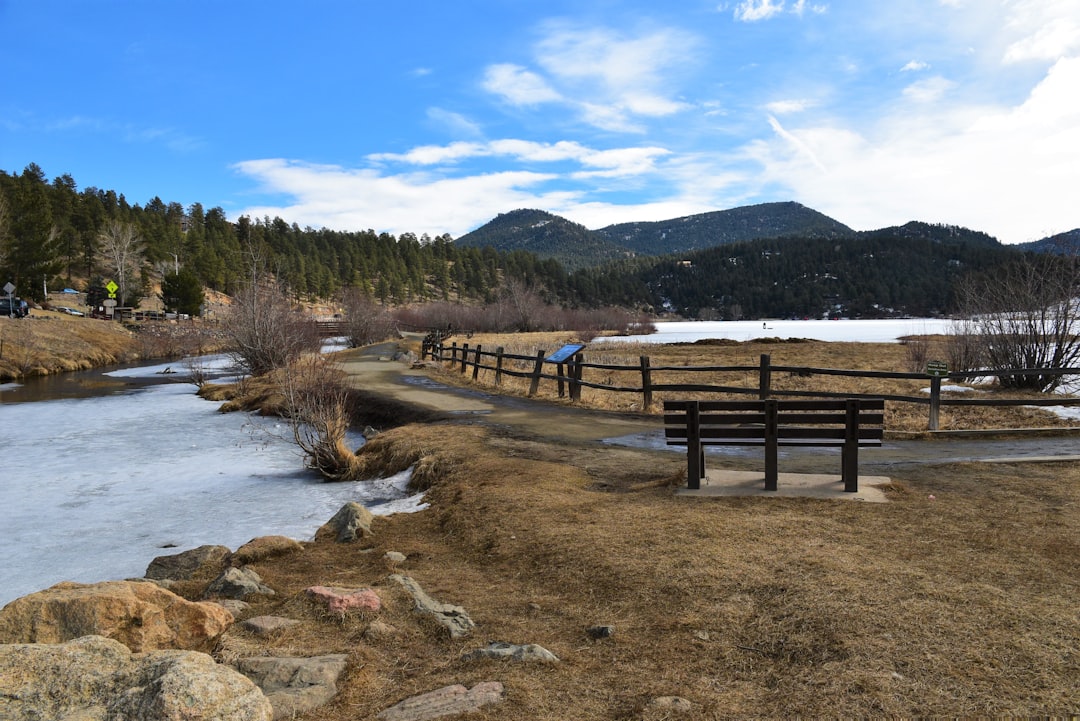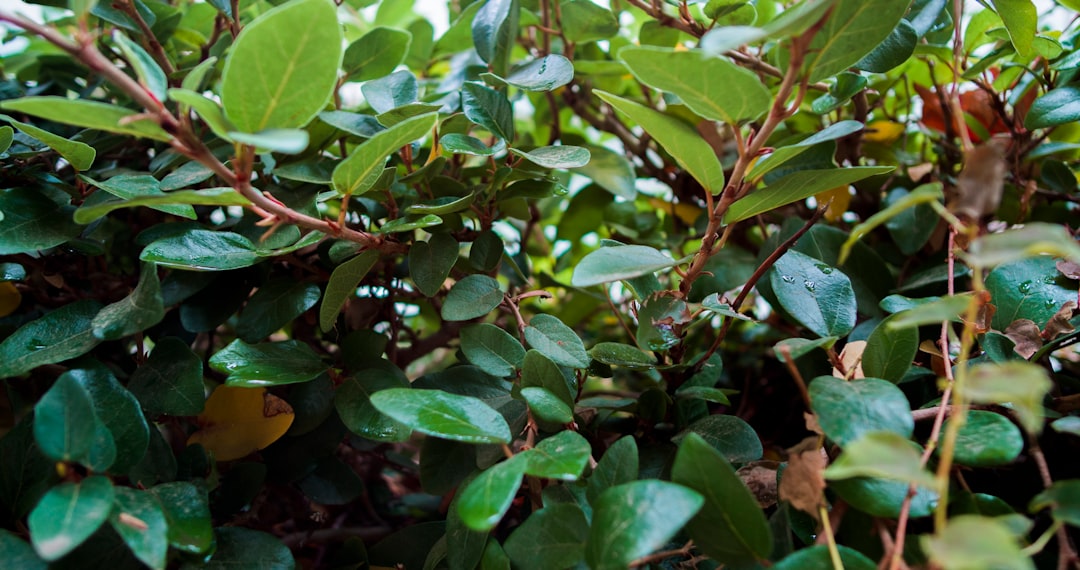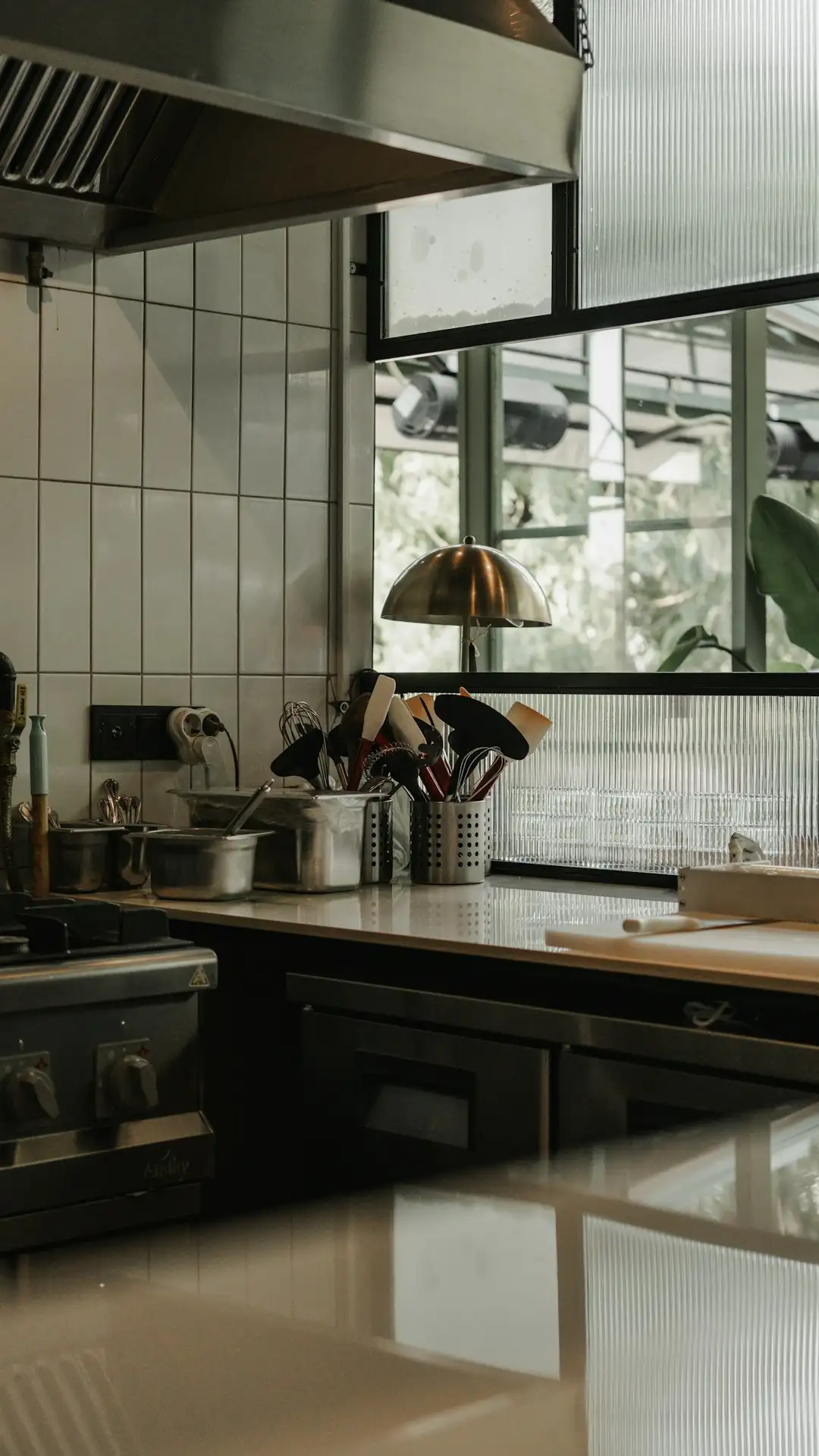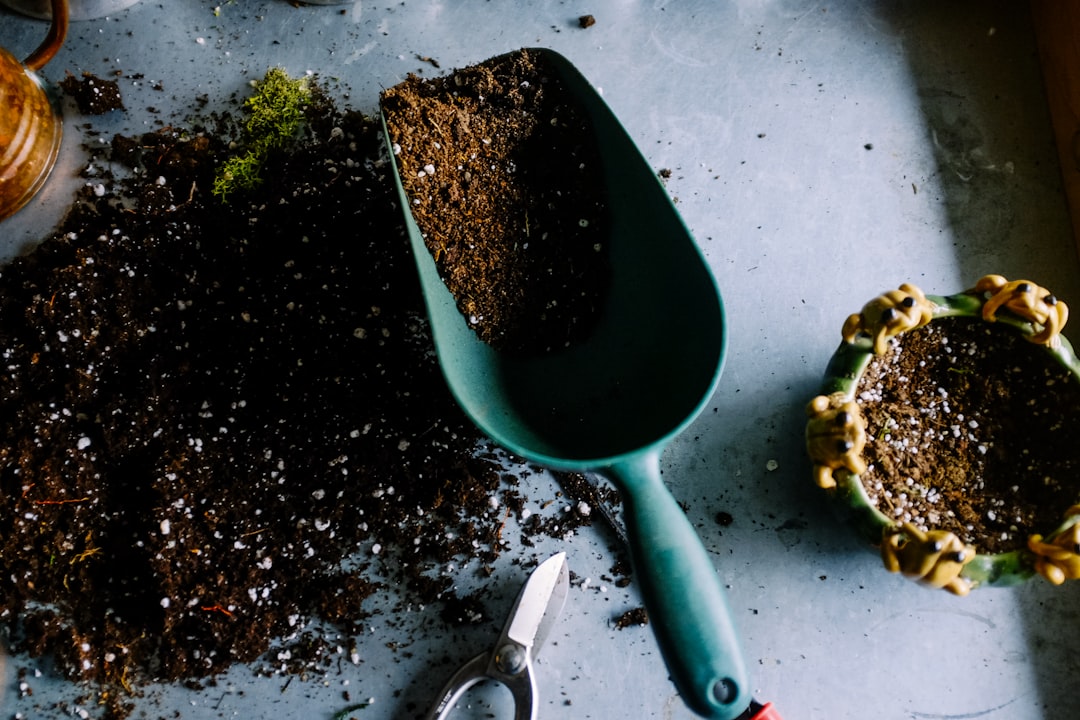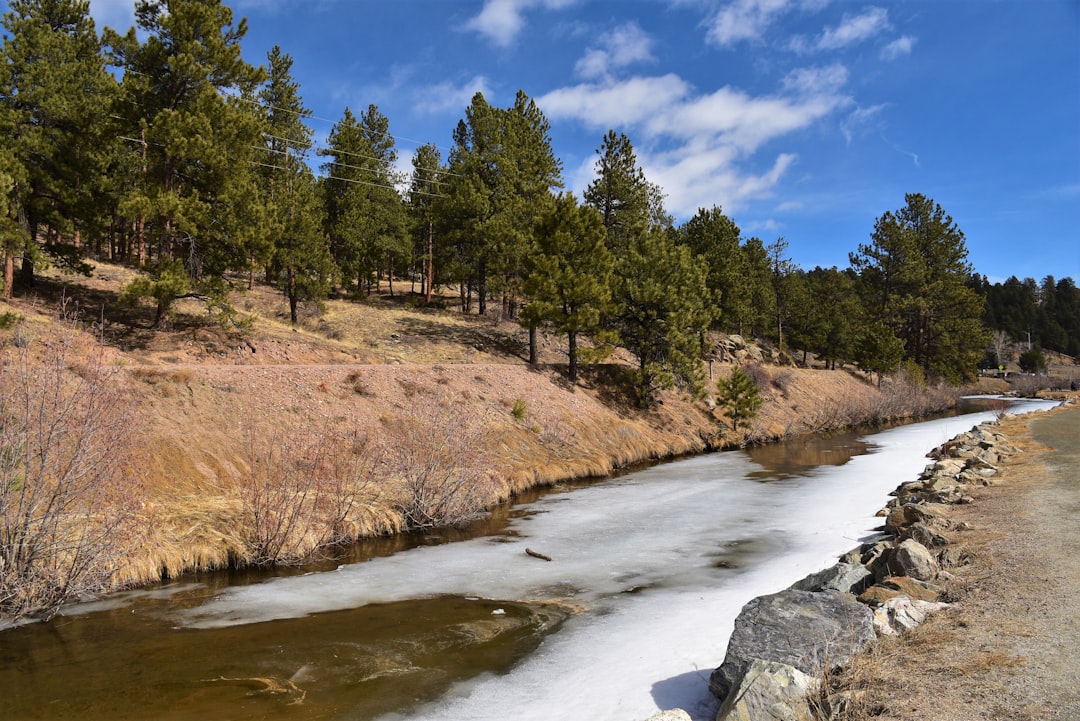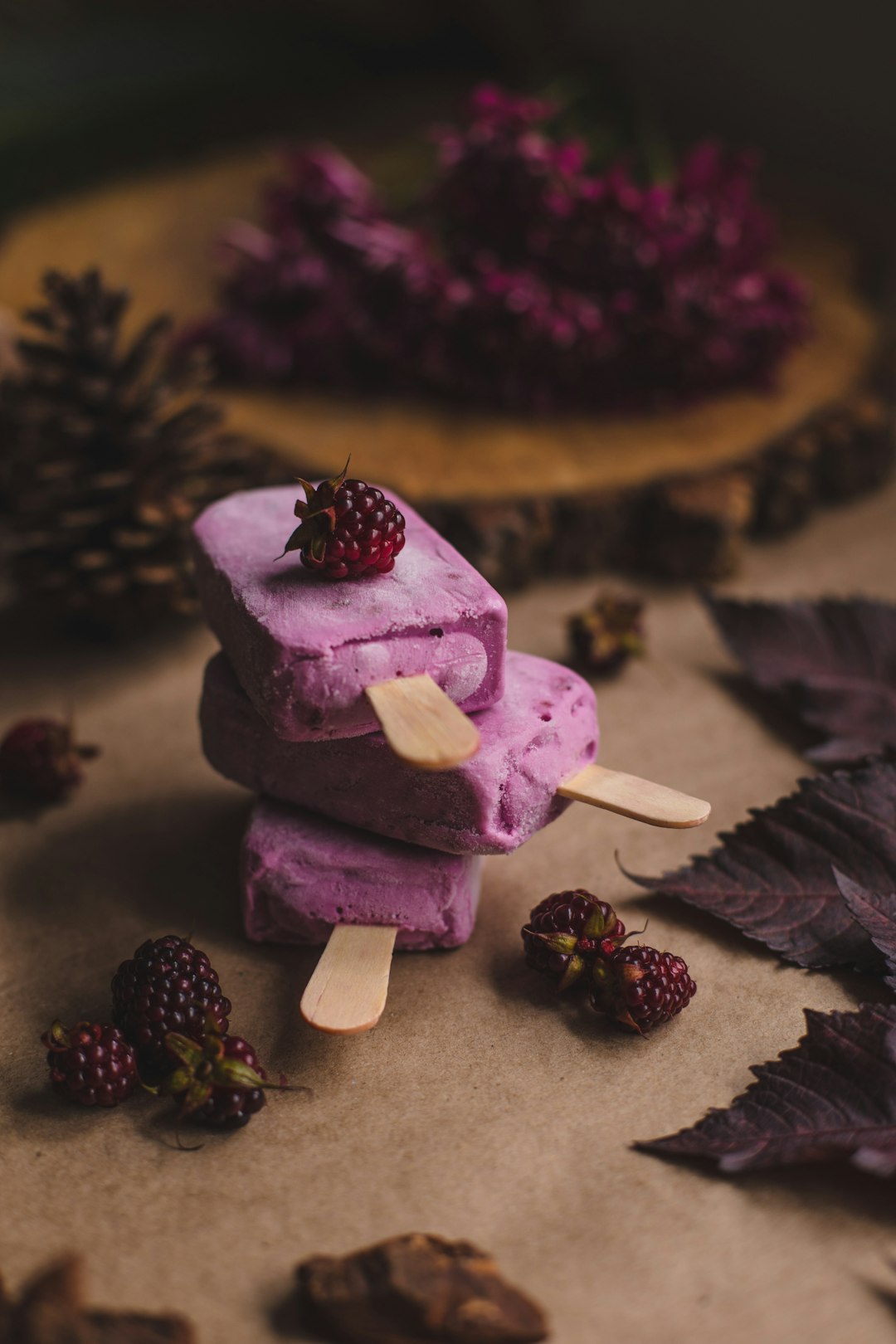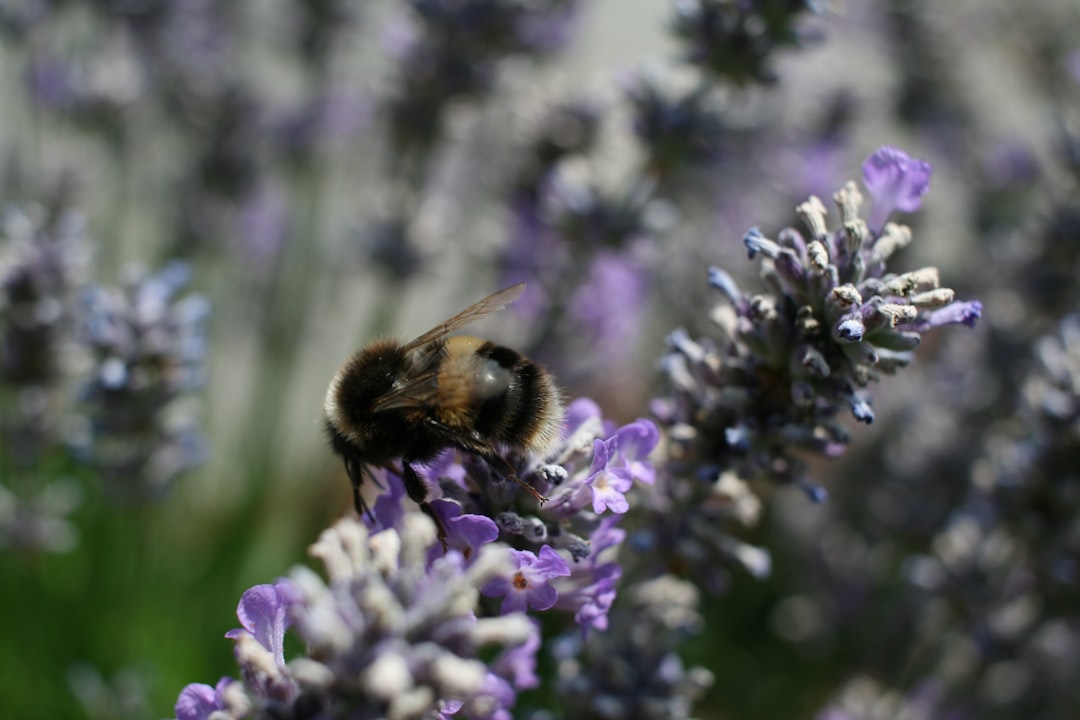
Edible gardening is a rewarding endeavor that allows you to enjoy the freshest produce right from your backyard. Among the many vegetables you can grow, peppers stand out for their vibrant colors, diverse flavors, and versatility in the kitchen. Whether you prefer mild bell peppers or fiery hot chili peppers, learning the proper techniques for harvesting them is essential to ensure the best taste and quality.
### Understanding Pepper Maturity
Before you start harvesting your peppers, it's important to understand the different stages of maturity. Peppers typically go through several color changes as they ripen, and the flavor can vary significantly depending on the stage of harvest. For example, green bell peppers are actually unripe, and they will turn red, yellow, or orange as they mature. These fully ripe peppers are sweeter and more flavorful than their green counterparts. On the other hand, hot peppers like jalapeños and habaneros can be harvested at different stages of ripeness, depending on your preference for heat. Young, green jalapeños are milder, while fully ripe red jalapeños are hotter and have a more complex flavor.
### Tools for Harvesting
To harvest your peppers, you'll need a few basic tools. A sharp pair of pruning shears or scissors is essential for cleanly cutting the peppers from the plant. Avoid pulling or twisting the peppers, as this can damage the plant and reduce future yields. You may also want to wear gloves when handling hot peppers to protect your skin from the capsaicin, the compound that gives peppers their heat.
### Harvesting Techniques
When harvesting peppers, it's important to be gentle and avoid damaging the plant. Start by inspecting the peppers for signs of maturity, such as color, size, and firmness. Once you've identified a ripe pepper, use your pruning shears or scissors to cut the stem about half an inch above the pepper. Be careful not to cut too close to the pepper, as this can cause it to spoil more quickly. If you're harvesting multiple peppers, it's a good idea to leave a small amount of stem attached to each one to help preserve its freshness.
### Storing and Using Your Peppers
After harvesting your peppers, it's important to store them properly to maintain their freshness and flavor. Peppers can be stored in the refrigerator for up to a week, or they can be frozen for longer-term storage. To freeze peppers, simply wash and dry them, then cut them into slices or chunks and place them in a freezer-safe bag or container. You can also roast or grill your peppers before freezing them to enhance their flavor. Once you're ready to use your peppers, they can be added to a variety of dishes, such as salads, stir-fries, soups, and stews. They can also be used to make salsas, hot sauces, and other condiments.
### Troubleshooting
While harvesting peppers is generally a straightforward process, there are a few common problems that you may encounter. One of the most common issues is blossom end rot, which is a condition that causes the bottom of the pepper to turn black and rot. This is usually caused by a calcium deficiency in the soil, so it's important to make sure your plants are getting enough calcium. You can do this by adding lime or gypsum to the soil, or by using a calcium-rich fertilizer. Another common problem is insect damage, which can cause holes or discoloration in the peppers. To prevent insect damage, you can use insecticidal soap or neem oil, or you can plant companion plants that repel insects, such as marigolds or basil.
### Conclusion
Harvesting peppers from your garden is a fun and rewarding experience that allows you to enjoy the freshest, most flavorful produce possible. By understanding the different stages of maturity, using the right tools and techniques, and storing your peppers properly, you can ensure a bountiful harvest of delicious peppers all season long. So, get out there and start growing your own peppers today!
New






